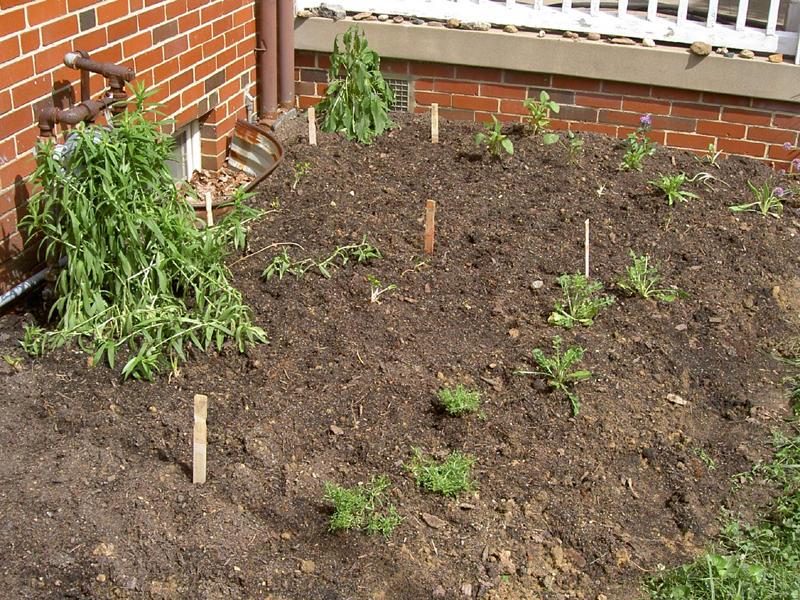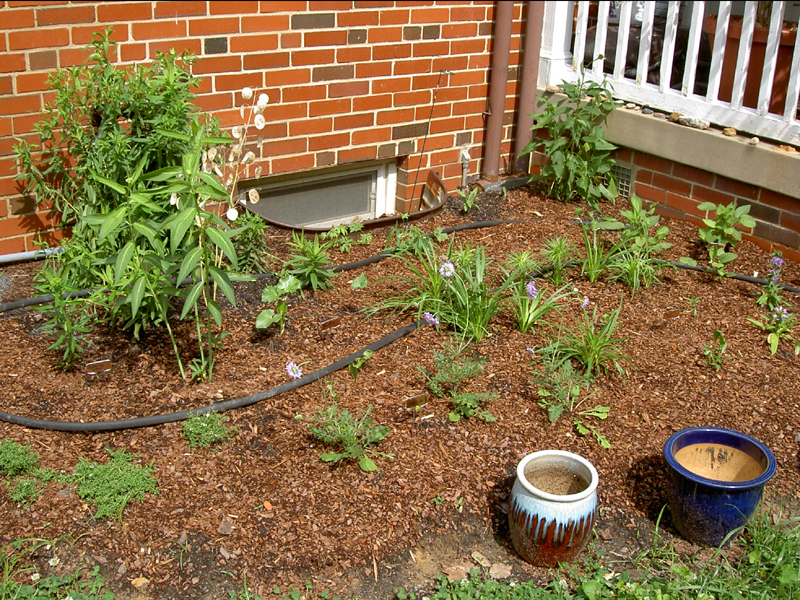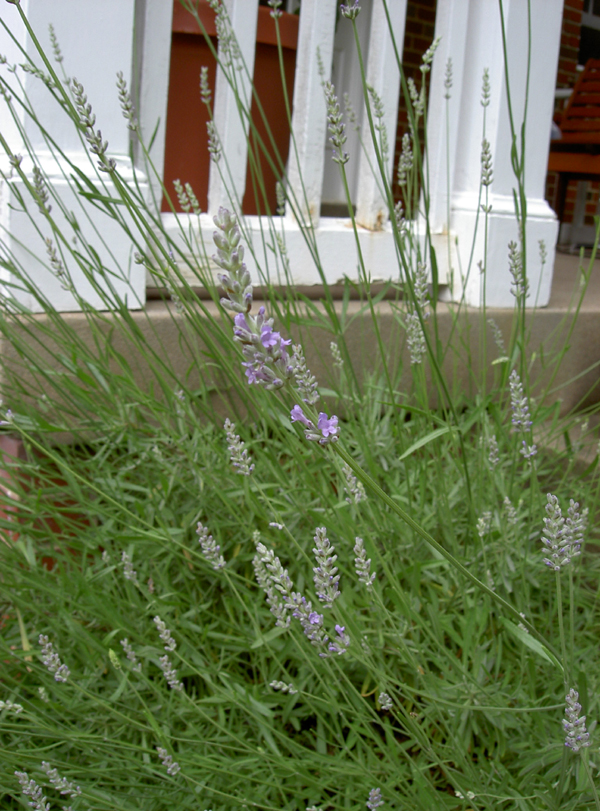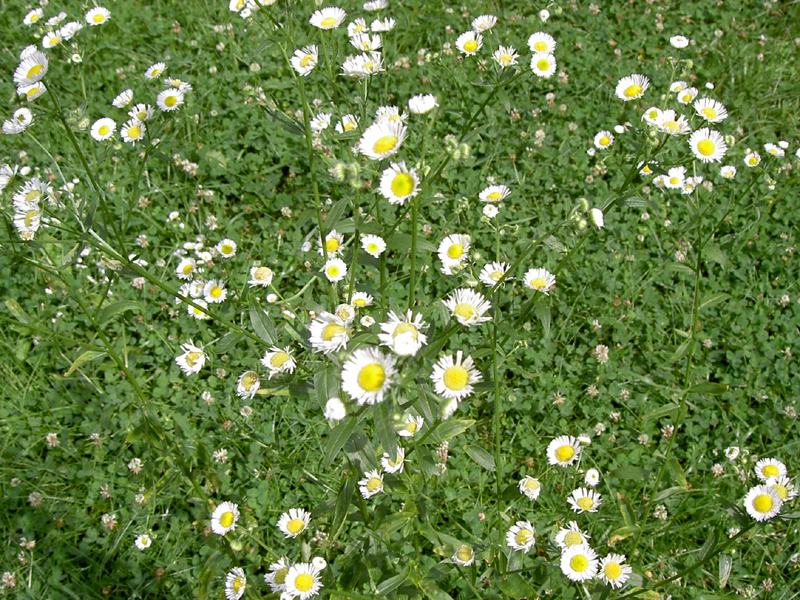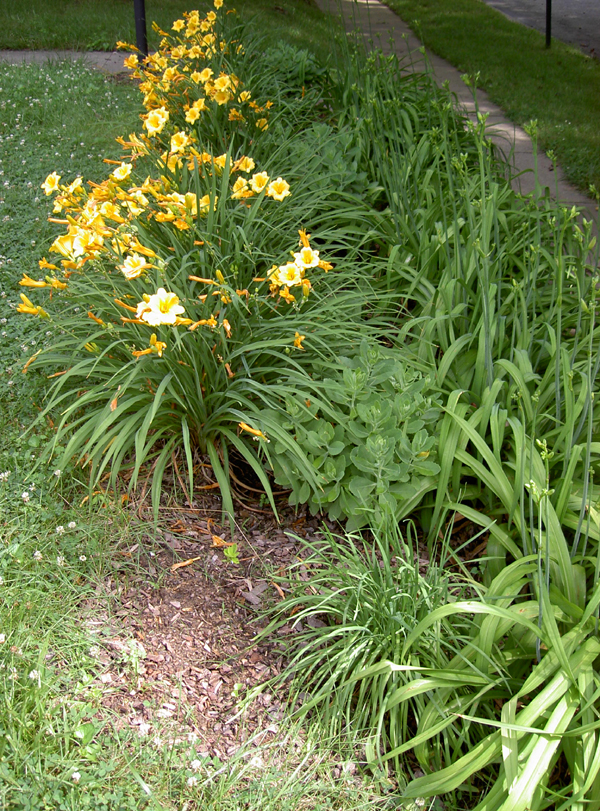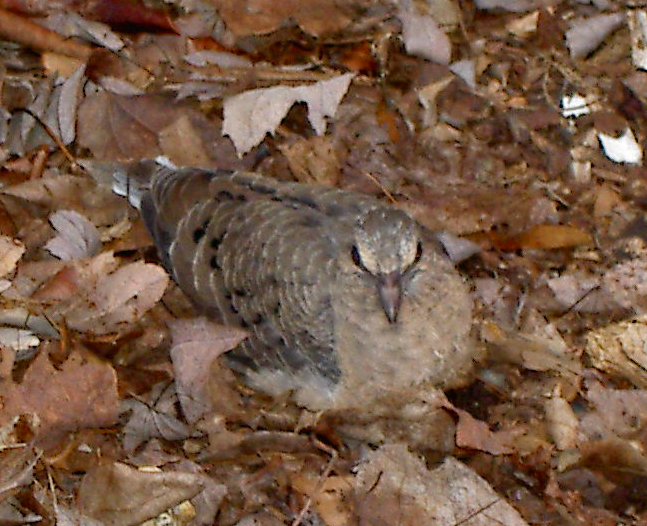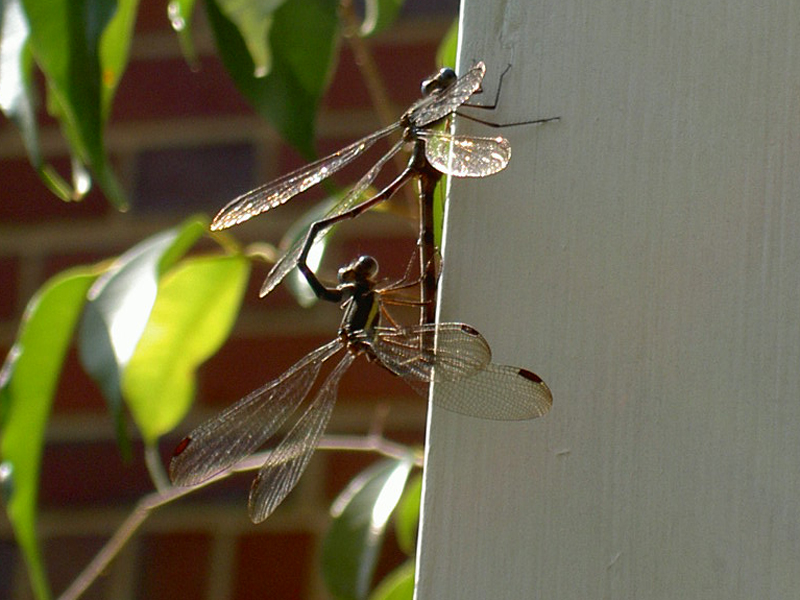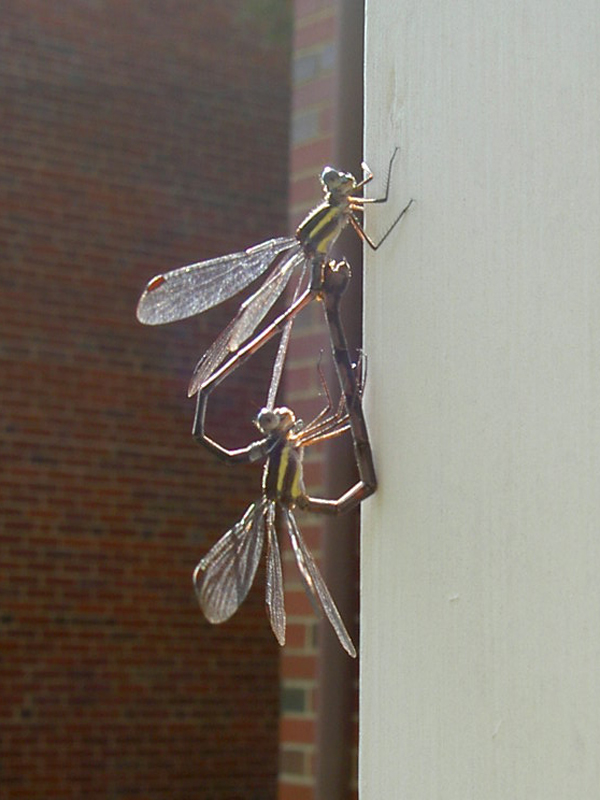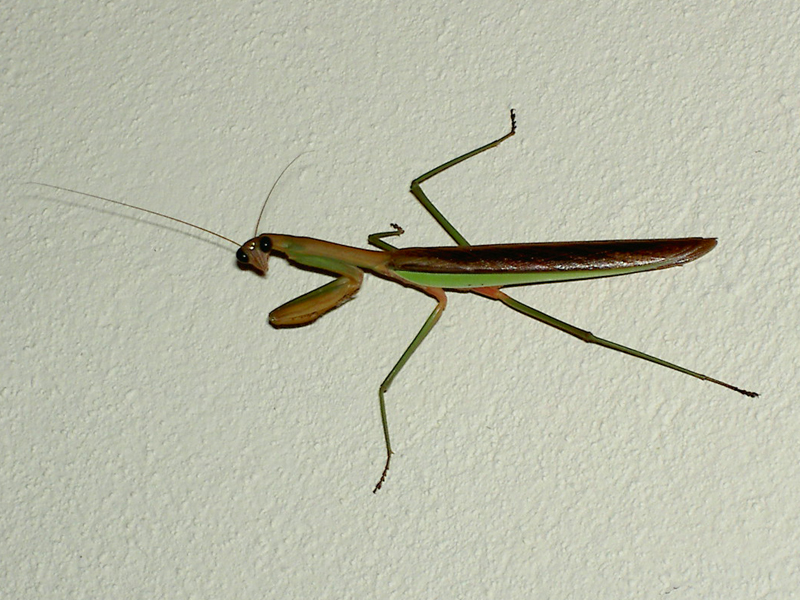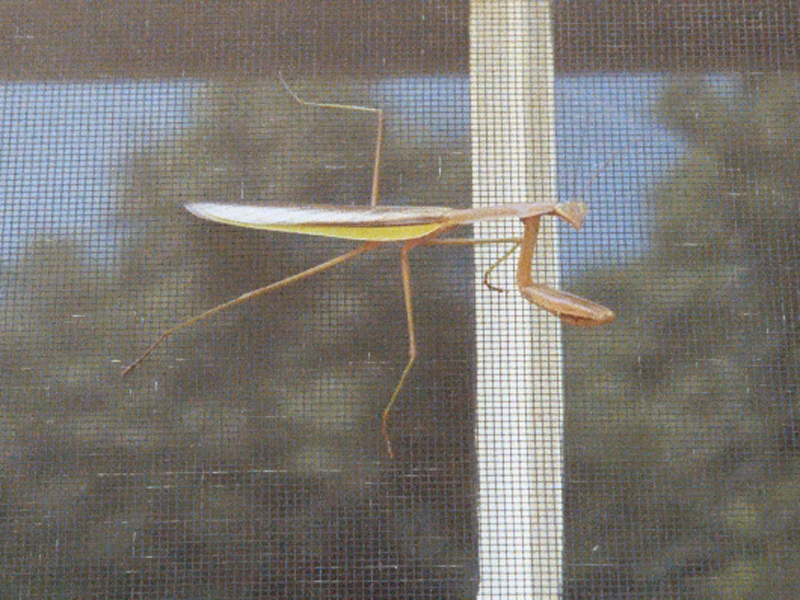There have always been a lot of birds around our yard, but this year we seem to have hit a sweet spot in terms of cover and food because we’ve seen a greater variety of fledgling birds than ever before. It’s possible that these birds have been here every year and I just haven’t noticed because I haven’t been as active in the yard after April. It’s also possible that I was finally sufficiently threatening with regard to the neighbors’ cats being in the yard every other day for three years, as I haven’t seen them around in months. We’ve also sprayed the cherry trees for Eastern Tent Caterpillars for two years now, which has enabled them to fully foliate and have enough energy to actually produce cherries. Most likely the proliferation is a combination of all of those factors plus the near-constant rain keeping fresh water in the birdbath.
At any rate, I’ve seen rumpled no-tail-feathers wobbly-flying young of 13 species in our yard (or on the street in front of the house): American Crow, Blue Jay, Catbird, Eastern Phoebe, Hairy Woodpecker, House Sparrow, Northern Cardinal, Grackle, European Starling, Brown Thrasher, Mourning Dove, American Robin, and (just this morning) Carolina Wren. Of all of these, I was most pleased by the ones I hadn’t seen before. The phoebe was a wonderful surprise, as I’d read they were shy nesters; in addition to being a pretty little bird (I have a northerner’s affinity for the gray species) they eat mosquitoes almost exclusively. I was excited about the crow, too, mostly because it’s one of those large birds about which you joke of never seeing a juvenile. And, truly, the young one would have been indistinguishable from an adult were it not making such plaintive cries for attention and had I not witnessed its parent actually feeding it. Finally, the woodpecker was a treat just because it was so cute. Without tail feathers, it was the quintessential Weeble ™ fluffball as it tried to peck for bugs up and down the limbs of the red maple.
My father rightly observes that all of these birds are ‘the loud ones,’ which is likely related to being the large ones, which is definitely related to being the voracious insect-eating ones. After years of effort, I seem to be finally developing ecological balance. We have numerous predator bugs in the yard, most noticeably fireflies, and just this week I discovered a beautiful spider—I bet you never expected me to use those two words together—camped out in the daylilies and another of the same in the climbing rose in the backyard.
Now, if only the slugs would attract some toads, I’d be set.
